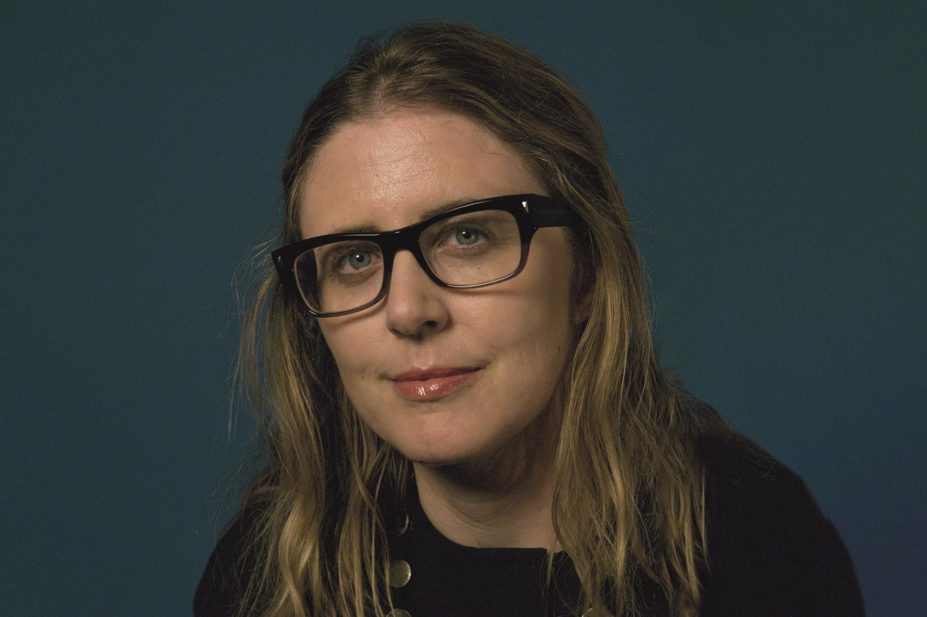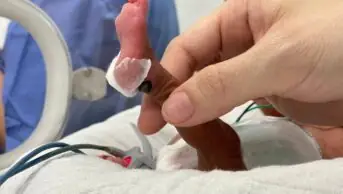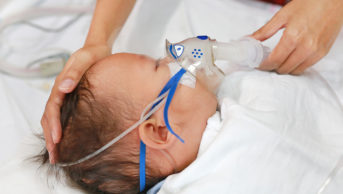
© UNICEF/NYHQ2009-1398/Toutounji
Shanelle Hall is UNICEF deputy executive director (field results). She was previously the director of UNICEF’s supply division, based in Copenhagen, Denmark, and oversees the agency’s global supply functions. She was also responsible for the effective and ethical provision of essential and emergency supplies to children in need through UNICEF programmes, and co-operation with governments and partners.
In October 2016, there was a historic breakthrough agreement that UNICEF brokered with six vaccine suppliers to lower the pentavalent vaccine to an average price of US$0.84 per dose. How did this come about?
We worked hand in hand with Gavi (The Vaccine Alliance, a public-private partnership whose aim is to increase access to vaccines) and through many donors who give to Gavi. Gavi has a team that helped us design strategies on how to engage in these markets. There’s also the Bill and Melinda Gates Foundation, which contributed technical knowledge and expertise.
The World Health Organization (WHO) helped perform all the assessments of all the offers in terms of the technical and quality assurance standards. The WHO was also part of the procurement reference group.
Through this partnership we were able to secure a deal with six vaccine suppliers (Biological E Limited, India; Janssen Vaccines Corporation, India; LG Life Sciences Limited, South Korea; Panacea Biotec Limited, India; Serum Institute of India; and Shantha Biotechnics, India) to lower the price of the pentavalent vaccine (a combination of five vaccines against diphtheria, tetanus, whopping cough, hepatitis B and Haemophilus influenzae type b) to below $1 per dose.
How were these negotiations conducted?
We got together to look at what are we going to try to achieve. We made a market assessment and set out objectives for the procurement round. After we agreed on those, we developed the more technical procurement tenders approach through multi-year contracts. We want to secure supplies and, because of our large volumes, to bring some stability to the market. Given the complexity of vaccine production, we want to give companies a three-year horizon of what quantities we would need each year. That’s a pretty long period to contract for.
So, knowing that we had seven or so manufacturers that were interested, we issued a tender in a phased approach. In the first phase, we called for offers against our whole quantity for all three years. We were explicit with the decision-making criteria, and we received offers against those. We made a first round of awards, based on the best offers and, after that first round of awards, we published the pricing so manufacturers could see who we had awarded. After that, we made a second phase of the procurement. So, the quantities that were not awarded were around 70%.
We issued another tender and that allowed companies to look at where they were in the competitive framework and which quantities had been awarded. Then they could go through an adjustment of their prices and quantities offer. It is from this second round that we made the rest of the awards. We chose to do it this way because it was more transparent. In a negotiation with many manufacturers, you have to be transparent and give equal treatment. It was in the second round that we saw the prices decrease and go a little lower than the first round.
To bring some stability to the market we want to give companies a three-year horizon of what quantities of vaccine we would need each year
The production capacity for the pentavalent vaccine increased over the years, which introduced the competitive criteria to enable UNICEF to go forward with this tender approach. What are the prospects of this happening in other areas where we see insufficient global supplies, for instance the cholera or yellow fever vaccine?
We’re definitely looking at yellow fever, cholera and the meningococcal family of vaccines. It all depends on the market conditions. In the case of the pentavalent vaccine, six years ago, to get a price decrease we needed to guarantee that we would buy certain quantities. So we needed to have a special contracting term in our contracts. Now we don’t need that term anymore because it’s expensive. But we would probably need it for yellow fever since we are still in a shortfall situation.
It is important to note that we do not want to get to a place where we get prices so low that product improvement and investment in other vaccines slows down. We want to make sure we are rewarding companies that also pursue product improvement and future products.
We do not want to get to a place where we get prices so low that product improvement and investment in other vaccines slows down
How is UNICEF helping children with HIV, given that the child regimens are not as extensive as the ones for adults?
Paediatric antiretroviral formulations demand is much lower. Often, demand for one country is not enough for a production run for a manufacturer. So, national governments have a hard time getting production runs and quantities. Some years back, with the Global Fund (a partnership organisation whose aim is to accelerate the end of AIDS, tuberculosis and malaria as epidemics), Médecins Sans Frontières (an international, independent, medical humanitarian organisation) and UNITAID (a global health initiative financed by a solidarity levy on airline tickets), we established a consortium where we pooled our quantities and issued joint tenders.
We also procure an inventory in our warehouse in Copenhagen for exactly this issue. If any single order does not meet a minimum production run from a manufacturer people cannot get access. However, working as a consortium, we can deploy smaller quantities.
How has the role of UNICEF’s supply and procurement division grown over time?
For 50 years UNICEF has been involved in buying and distributing health products for children. Over time, these increasingly became part of national health programmes and distribution went through national health systems, although sometimes in a humanitarian crisis we will still deliver directly. This area has grown in the past ten years in light of the Millennium Development Goal targets. In total, UNICEF is procuring around $3.4bn of products and services globally each year. Around $2.7 to $2.8bn are health products, and more than half of that ($1.7bn) are vaccines, which, of course, is the most cost-effective intervention that we have for children.
In terms of quantity, we are one of the biggest buyers of vaccines in the world (2.8 billion doses in 2015). Our expenditure in the market is lower than that of other buyers, but in terms of volume, we are the largest.
UNICEF is procuring around $3.4bn of products and services globally each year
What is the annual purchase of vaccines?
The estimates are that we buy 40% of the production capacity. The good thing is that we used to buy more vaccines for the government of India. Now it has a lot of local production that meets quality standards and they’re buying their own vaccines.


